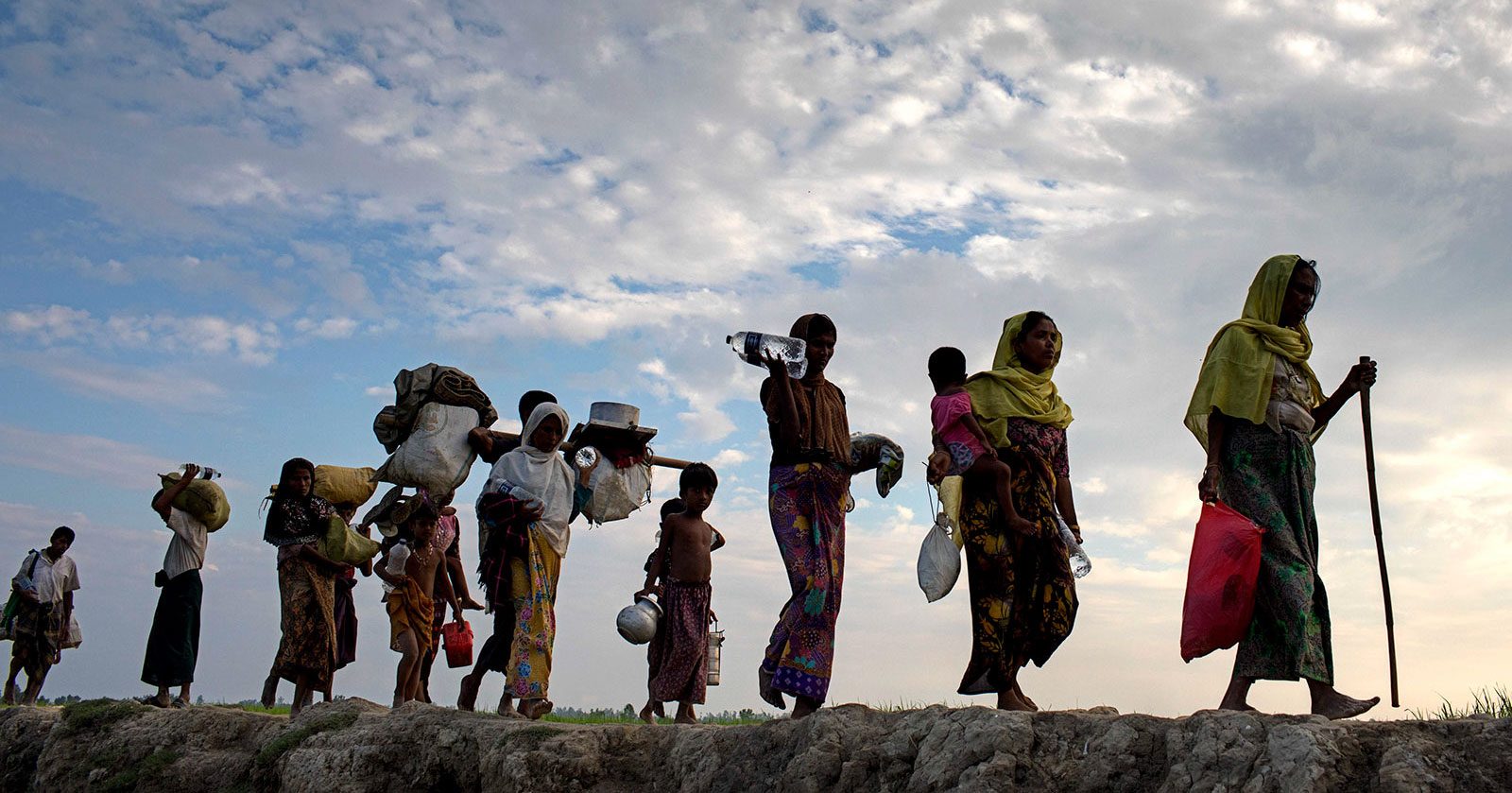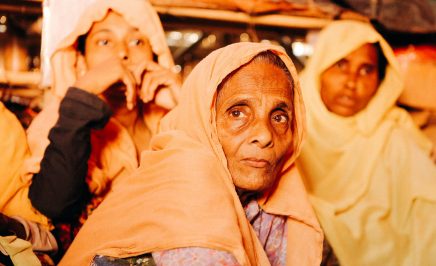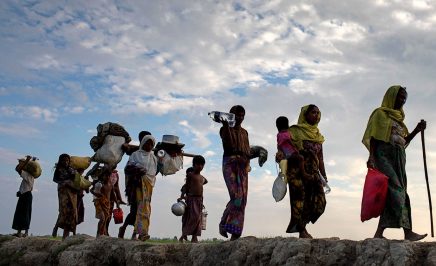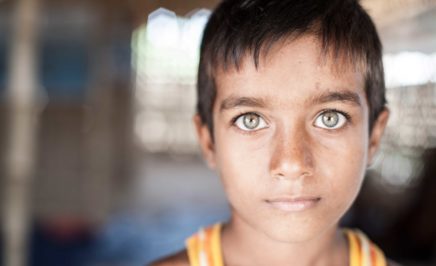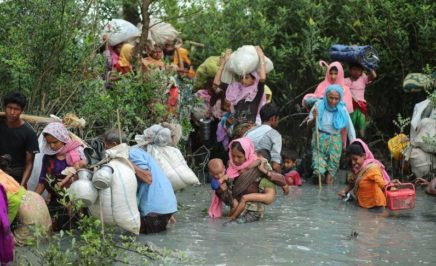Amnesty International researchers are meeting with Rohingya refugees in Cox’s Bazar in Bangladesh to find out more about their experiences and conditions in the camp. This is the first in a series of blogs about the trip by Alex Neve, Secretary General Amnesty International Canada.
Dhaka, Bangladesh
As I arrive in Bangladesh, joining an Amnesty International delegation that is here for two weeks to meet with and hear from Rohingya refugees in the country, a specific question comes to mind. In this world of ours – a world marked of late by far too much conflict, hate and division – when and why is a crisis no longer seen to be a crisis?
In a world which feels to have an ever-shortening attention span and seems only able to give real attention to two or three emergencies at once, we forget and move on from today’s or this week’s crisis more quickly than ever.
Meanwhile, politicians regularly bandy the word crisis about to inflame tensions and score political points when it isn’t a crisis by any measure; be it Donald Trump’s manufactured border wall crisis or the overblown rhetoric around a supposed-influx of refugees crossing the Canada/US border. We see quick resort to the word crisis in those situations, largely to undermine support for refugee protection.
That certainly describes the circumstances faced by the Rohingya people. No longer on the front page. Not at the top of everyone’s Facebook feeds. No upcoming special meetings at the UN Human Rights Council or Security Council.
And that is a key reason why we are here.
In the fall of 2017, international attention (including in Canada) was transfixed on the massive human rights and humanitarian crisis that was unleashed when Myanmar’s security forces mounted an unrelenting campaign of attacks against Rohingya villages. It was by no means the first episode of cruelty the Rohingya have endured at the hands of the military and even the public in Myanmar; as the systemic, deliberate discrimination they face, enshrined in law, goes back decades and is so entrenched as to constitute the international crime of apartheid. But it was, by far, the very worst, ever.
Within only a few months, 700,000 Rohingya had fled across the border into Bangladesh, joining some 300,000 refugees who have fled there in previous years, such that Bangladesh, an already over-crowded country with a high proportion of the population living in poverty, is now sheltering one million Rohingya refugees. And some eighteen months after the violence and attacks that forced them from their homes, there has been no improvement on the ground in Myanmar, no renewed sense of dignity and protection, and no prospect of being able to return home safely in the foreseeable future. Quite the contrary, we have documented fresh attacks by the Myanmar military in Rakhine State in recent weeks, including shelling villages, blocking access to food aid and detaining civilians.
Conditions in the refugee camps are extremely difficult. That we know even before we arrive in the Cox’s Bazar region of Bangladesh. The levels of funding that UN agencies and humanitarian organizations receive from donor governments are far below what is needed. Prospects for education and livelihoods in refugee communities are minimal at best. And there have been off and on suggestions that the Bangladesh and Myanmar governments may be readying to encourage refugees to return. Sounds like a serious, continuing crisis.
Over these two weeks we will hear directly from Rohingya refugees living in the camps – from elders and from the young, from women and men, and from those who have been here for many years and others perhaps only for a few months.
Above all we will listen to their experiences; and what action is needed to ensure their rights are respected and upheld.
What, of course, needs to happen in Myanmar, including justice and accountability for those responsible for this crisis, such that conditions improve, and safe and voluntary return is possible?
What is lacking in the camps, be it measures to improve safety for women and girls, provide schooling for children, or institute support and livelihood programs for refugees, all with an eye to recognizing that this is a crisis that is not ending anytime soon?
What about impending worries such as returns to Myanmar or relocation elsewhere in Bangladesh, including possible plans to turn a low-lying island in the Bay of Bengal into a refugee camp?
What about the role of the international community? How to generate more financial assistance, to meet short term needs but also longer-term development? And what about the possibility of resettlement opportunities for some refugees, to Canada and elsewhere?
And all of this in a world which has, to put it mildly, shown less compassion and understanding and more fear and punishment to refugees as of late.
For Amnesty, the bottom line is how to strengthen solidarity with Rohingya still in Myanmar and the one million living as refugees in Bangladesh – from Canada and elsewhere around the world – in the face of a crisis that is, yes, absolutely still exactly that.
